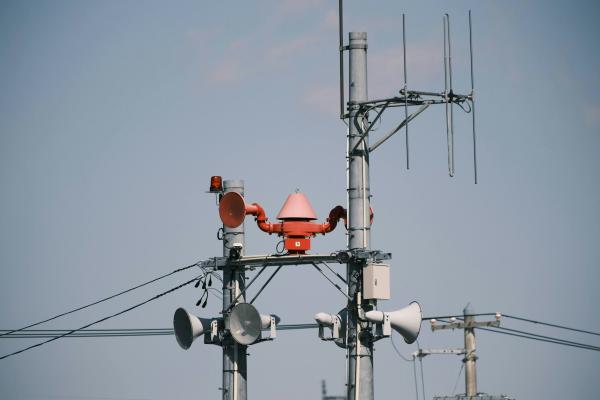Whatever one’s view of Brexit, there is one key element of resilience that has been brought to the fore as a result of preparing to depart the EU. That is the topic of ‘redundancy’, namely the spare capacity to meet unknown levels of demand or disruption. This back-up component confers a degree of flexibility as events rarely go to plan. The military frequently use the term ‘reserves’ for this spare capacity, and no battle plan would pass muster unless some unit had been allocated as the reserve; if this was deployed, another reserve would have to be found.
In commercial operations, redundancy enables products and services to be diverted to alternative parts of the network in the event of disruption so as to ensure there is business continuity; in effect, business as usual. Commonly, this includes alternative work sites (including home working) to which to relocate as well as items such as back-up generators and pumps. In some critical sectors of national infrastructure, for instance, redundancy strategies provide the capacity and flexibility to meet peak or unexpected demands and enable the rerouting of services in the event of failure or loss of components. Worryingly, the power outage on 9 August revealed a failure of back-up generators at a hospital, while water pumping stations failed and a major oil refinery was automatically disconnected that took weeks to recover.
In many companies, redundancy has not been a priority as they have focused on removing surplus capacity and engineered slick and smooth just-in-time logistics, with goods arriving and leaving within hours of actually being required. While such processes are cost efficient and hence provide lower prices to the customer, they have inherent weaknesses in being readily subject to disruption. According to some reports, our just-in-time system provides the nation will around five days of food supplies before key shortages become evident; others say we are but ‘four meals away from anarchy’. When our food supply is running at or near capacity with tight logistical deadlines then the level of redundancy, and hence resilience, is naturally reduced.
Brexit has forced many companies to look at their redundancy levels in the form of stockpiles and alternative suppliers, together with the associated supply chains. Additional warehousing and secondary routes have been explored to the point where warehousing capacity is now at a premium, especially as the needs for Xmas stocks are combined with storing imported food stuffs over our winter period. Some SMEs have spent thousands of pounds to improve their redundancy in preparation for Brexit, while some multi-nationals have spent millions. All this cost will inevitably be passed to the customer.
Whatever the outcome of Brexit, one thing will be crucial. That is learning lessons to help with dealing with other major challenges to the national fabric. While it will be unreasonable to expect companies to maintain large stockpiles and surplus warehousing capacity at all times - at significant overheads - the preparations have revealed how it is possible to create redundancy in the system should it be required this time around or again in the future. These lessons should be recorded and embedded as part of corporate memory for others to dust-off when and if the situation demands. In this way, we as a nation will become more resilient to a whole range of shocks and stresses. There is always an upside to a crisis.
For further reading, please visit our Knowledge Hub.



